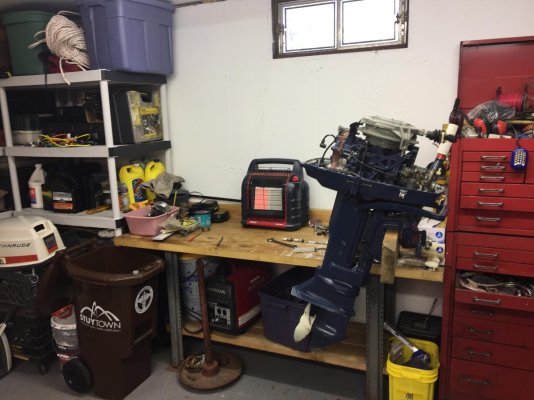Mark Myns
Veteran Member
- Joined
- Aug 31, 2015
- Messages
- 31
- Location
- USA
- Vessel Name
- Hoosier Daddy
- Vessel Make
- 38 Marine Trader Sundeck
I will be retiring next year and I would like to travel in early spring and late fall with my boat on the Great Lakes. It can get cold on the water especially because I like to travel at night when it is calm. I am thinking of installing a bus heater in the main cabin so that I can draw heat off the engine. I pretty much know the pros of the argument but I was wondering if any one has some cons that I should consider. I have a 135 hp Ford Lehman. I could use the generator to run the reverse cycle a/c but I look at the bus heater as free bonus heat. I know there is likely a marine heater that will do this but a bus heater should work just fine since it is not exposed to the elements, unless I sink. I also plan to have shut offs installed on the lines so no heat gets to the heater in the summer.

